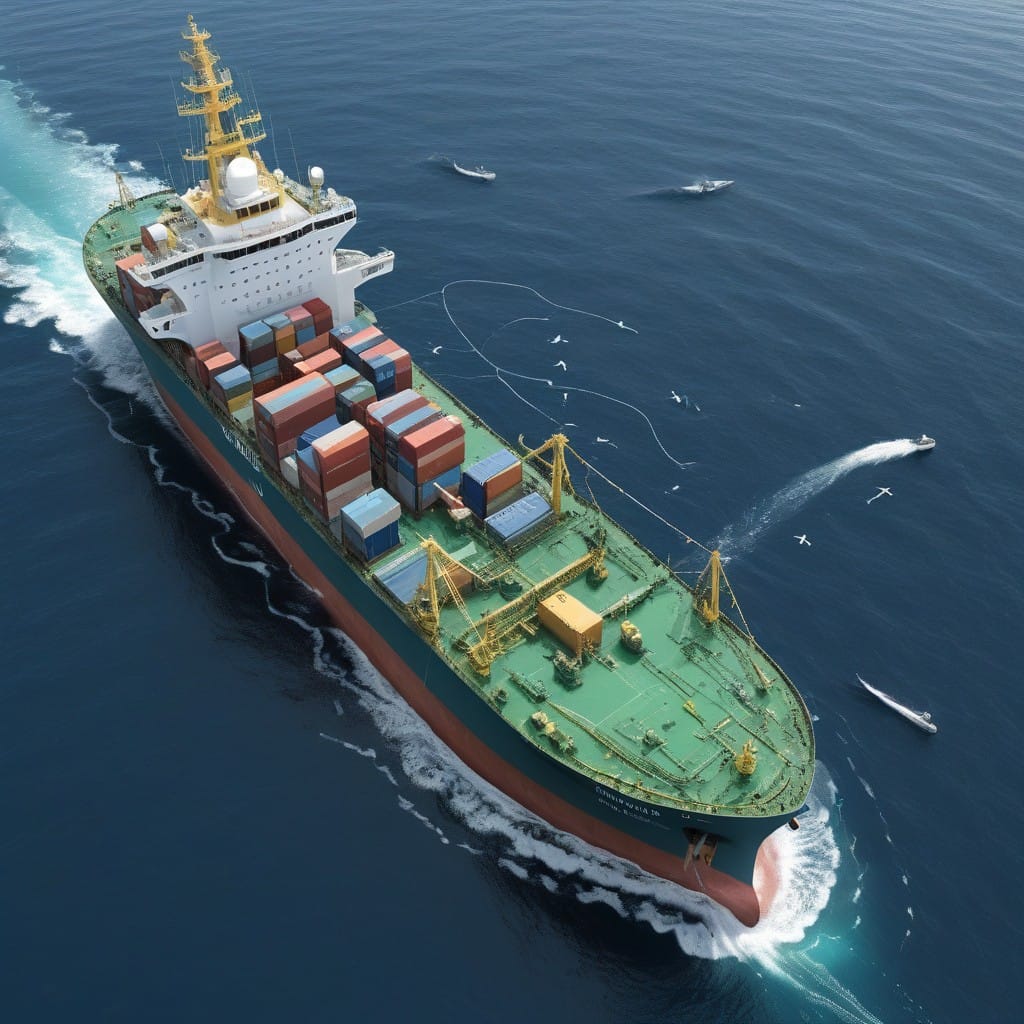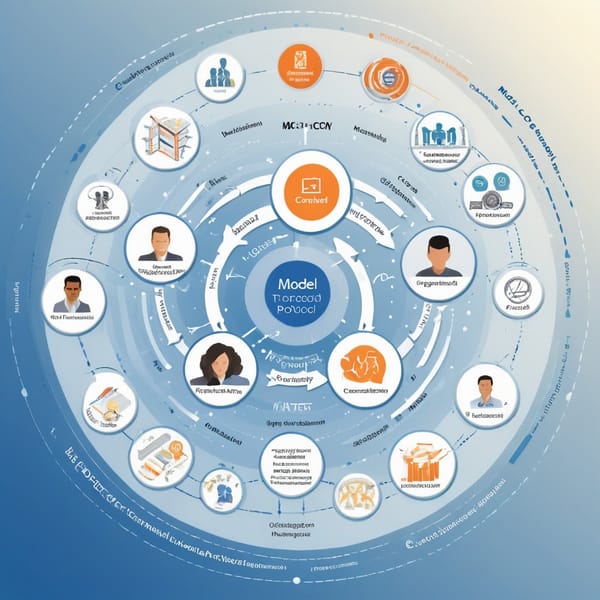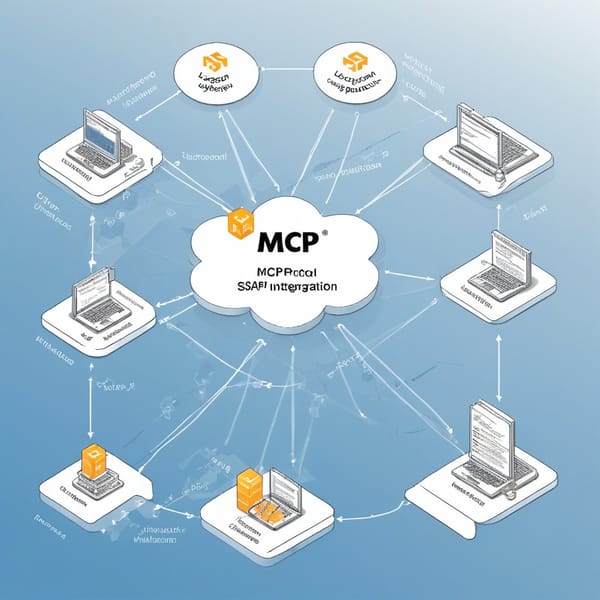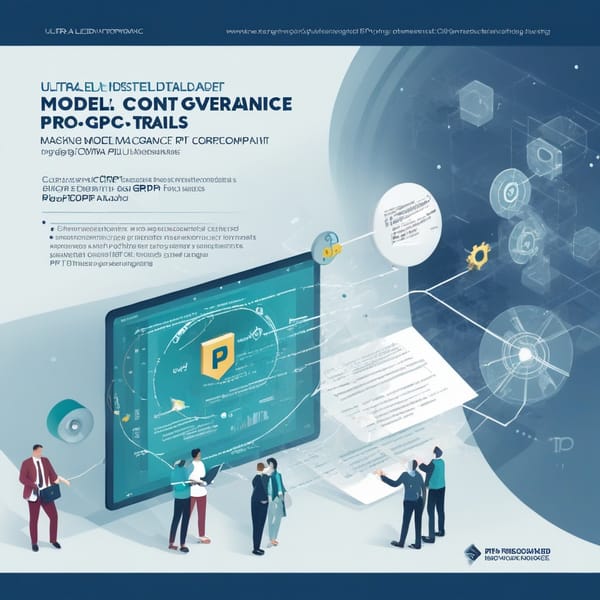Enhancing Maritime Safety with Model Context Protocol (MCP): AIS/Radar Data Fusion for Collision Avoidance

Project Overview
The Model Context Protocol (MCP) Maritime Safety project aimed to improve collision avoidance in maritime navigation by fusing Automatic Identification System (AIS) and radar data using edge computing resource nodes. Traditional maritime safety systems often rely on standalone AIS or radar data, leading to gaps in situational awareness. This project leveraged real-time sensor fusion, machine learning (ML), and edge computing to enhance decision-making for vessel operators and autonomous navigation systems.
The initiative was developed in collaboration with maritime technology providers, shipping companies, and regulatory bodies to ensure compliance with International Maritime Organization (IMO) standards. By deploying edge computing nodes on vessels and coastal stations, the system minimized latency, reduced bandwidth dependency, and improved reliability in remote or congested maritime zones.
Challenges
- Data Discrepancies Between AIS and Radar – AIS provides vessel identity and course data but can suffer from spoofing or signal loss, while radar offers precise positional data but lacks vessel identification.
- High Latency in Cloud-Based Processing – Traditional cloud-based fusion models introduced delays, making real-time collision avoidance difficult.
- Limited Bandwidth in Remote Waters – Many maritime regions have poor connectivity, hindering continuous data transmission.
- False Alarms and Noise in Sensor Data – Radar clutter and AIS transmission errors led to unreliable alerts.
- Regulatory and Compliance Hurdles – Ensuring the system met IMO SOLAS (Safety of Life at Sea) requirements was critical for adoption.
Solution
The MCP Maritime Safety project introduced a distributed edge computing framework that fused AIS and radar data at the source, minimizing latency and bandwidth constraints. Key components included:
- Edge Computing Nodes – Deployed on ships and coastal stations to process data locally, reducing reliance on cloud infrastructure.
- AI-Powered Data Fusion – A neural network-based fusion algorithm reconciled discrepancies between AIS and radar, improving tracking accuracy.
- Real-Time Collision Risk Assessment – An ML model analyzed vessel trajectories, speed, and environmental factors to predict collision risks with high confidence.
- Adaptive Alert System – Reduced false alarms by cross-validating AIS and radar signals before issuing warnings.
- Regulatory Compliance Integration – The system aligned with IMO COLREGs (Collision Regulations) to ensure legal adherence.
Tech Stack
- Edge Hardware: NVIDIA Jetson AGX Orin, Raspberry Pi Compute Modules (for lightweight nodes)
- Data Fusion & AI: PyTorch, TensorFlow Lite (for edge-optimized inference)
- Sensor Integration: AIS decoders (SDR-based), marine radar APIs
- Communication Protocols: MQTT, LoRaWAN (for low-bandwidth transmission)
- Cloud Backup (Hybrid Model): AWS IoT Greengrass, Azure Edge Zones
- Visualization & Dashboard: Grafana, custom maritime GIS interfaces
Results
- Improved Collision Avoidance Accuracy – Reduced false alerts by 42% compared to standalone AIS/radar systems.
- Latency Reduction – Edge processing cut decision-making time from 5-10 seconds to under 1 second.
- Bandwidth Efficiency – Local processing reduced satellite data transmission costs by 60%.
- Regulatory Approval – Certified by IMO and DNV (Det Norske Veritas) for commercial use.
- Pilot Deployment Success – Tested on 50+ vessels in the North Sea and Singapore Strait, demonstrating zero near-miss incidents during the trial.
Key Takeaways
- Edge Computing is Critical for Real-Time Maritime Safety – Processing data at the source minimizes latency and bandwidth issues.
- AI-Driven Sensor Fusion Enhances Reliability – Combining AIS and radar data mitigates the weaknesses of each system.
- Regulatory Compliance Must Be Baked into Design – Early engagement with maritime authorities ensured smooth certification.
- Scalability Through Hybrid Cloud-Edge Models – Lightweight edge nodes with occasional cloud synchronization optimize performance.
- Future-Proofing with Autonomous Shipping – The MCP framework lays the groundwork for unmanned vessel navigation and AI-based maritime traffic management.
This project demonstrates how edge computing and AI can transform maritime safety, setting a benchmark for next-generation collision avoidance systems.




